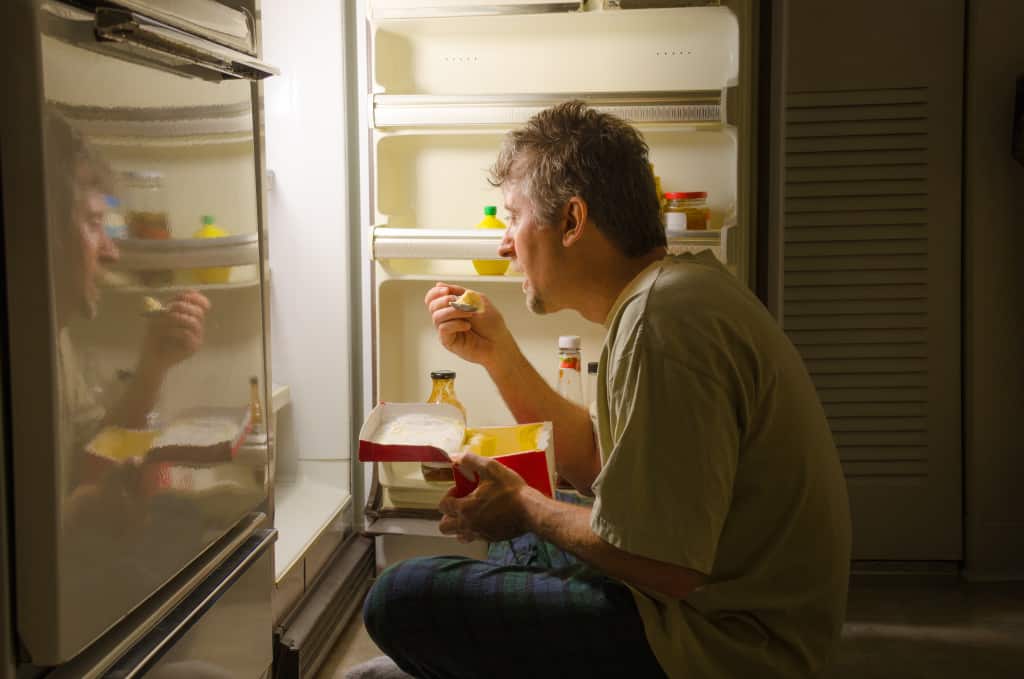Eating out is unavoidable, whether it’s for work or social purposes. You might be doing well, running up and down Spring Hill, Kansas, or swimming every morning in Anna Maria Island, Florida, but the possibility of eating back those lost calories in a snap is a real fear.
Fortunately, dining out in your favorite restaurants in Spring Hill, KS, or other locations doesn’t have to mean undoing months of hard work. You can still eat what you want while sticking to your macros or other diet indicators. The main determinants of dining out are portions, ingredients, and self-control.
Choose Carefully at Chain Restaurants
The sight of your favorite chain restaurants should not bring you fear if you pick your meals carefully. Burger and burrito cravings should be indulged in every now and then anyway. It’s better to give your body the flavor it craves in a healthy amount than give up self-control one day and go all in.
Salads at any chain restaurant is an automatic pick though dieters should note the additives to it, such as sodium and unnecessary carbs in sauces. Lean meats such as turkey, chicken, and lighter cuts of beef are good sources of protein. Egg whites in sandwiches, lighter, complex carbs such as simply dressed potatoes and fiber-rich bread, or low-sodium soups are great options for lighter fares.
Swap Out Unhealthy Additions
Bacon is delicious and has a place in a diet—when it’s not literally everywhere and has more oil than protein. Swap out some food for healthier alternatives that have the same level of flavor as their regular counterparts, but with less harmful additives.
When it comes to traditional desserts, opt for low sugar yogurt or gelato instead of too-sweet ice cream and supersized cookies. Ask for no sugar or honey in fruit shakes, avoid carbo-loaded liquor and stick to light wine, and go for fruit-based sweets if it’s unavoidable. Swap out French fries for a baked potato, salty sauces for fares flavored by herbs and spices, and stick to light onion soups and the like instead of creamy or cheesy soups.
Light is Not Right
Restaurants are aware that nearly half their customers are following diets. “Light” menus aim to give people healthier alternatives to restaurant staples. Though well intentioned, some “light” menus may actually be heavier on carbohydrates and sodium than their regular counterparts.
Some restaurants make up for a “lighter” meal’s reduced flavor impact by adding salt and unhealthy fat in. A steak with a side dish of vegetables may seem like a healthy, low carb and high protein meal—and it is—but it’s not necessarily healthier. It may be loaded with cheese and butter, dragging its nutritional value down. Always check the nutritional information of a meal on the restaurant’s website. If that information isn’t available, scrutinize its description in the menu or ask servers politely for information.
Healthy Buffets are Achievable

It seems like a crazy concept, but it’s true: You can indulge in buffets without blowing your diet. Control your portions, apply the tips above, and don’t skip meals before hitting the buffet table. Skipping meals may overexcite your appetite and cause you to overeat.
As people often say, abs are made in the kitchen. A balanced, proper diet will do wonders for regular non-athletes and people with no medical dietary restrictions. Elimination of food groups should be done with proper supervision to avoid complications. Diets shouldn’t feel like chores if extra care is taken while following them.



